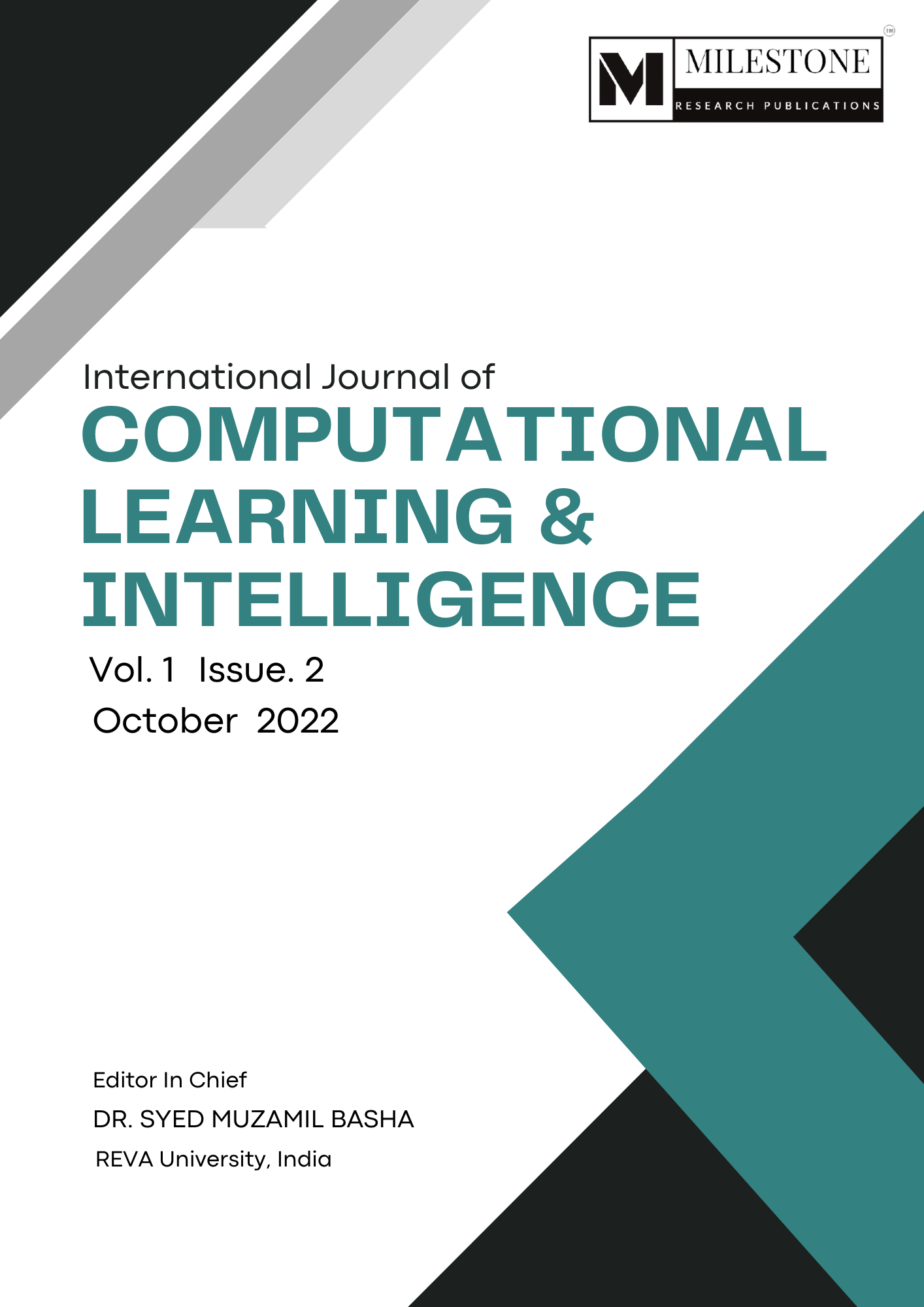Published 2022-12-01
Keywords
- COVID-19,
- Sentiment analysis,
- emotion analysis,
- CNN
How to Cite
Copyright (c) 2022 Nagashree N, Kaushik K

This work is licensed under a Creative Commons Attribution-NonCommercial-NoDerivatives 4.0 International License.
Abstract
COVID-19 pandemic is creating a lot of issues in social media available to the comments by humans in the websites. The proposed work helps to have a survey over relation between the comments and suggests to government. Web crawler technology is used to extract emotion data from the public which is helpful in sentiment analysis. Using the technique of Natural Language processing, we have classified the words using tokenization and lemmatization algorithms. Further level analysis is done by different uses cases comparison of about 30 people. The result of word classification is given with performance parameters.
References
- Sreedhar, S., Ahmed, S., Flora, P., Hemanth, L. S., Aishwarya, J., & Naik, R. (2021, January). An Improved Approach of Unstructured Text Document Classification Using Predetermined Text Model and Probability Technique. In Proceedings of the First International Conference on Advanced Scientific Innovation in Science, Engineering and Technology, ICASISET 2020, 16-17 May 2020, Chennai, India.
- MacCann, C., Jiang, Y., Brown, L. E., Double, K. S., Bucich, M., & Minbashian, A. (2020). Emotional intelligence predicts academic performance: A meta-analysis. Psychological bulletin, 146(2), 150.
- Ahmed, S. T., Singh, D. K., Basha, S. M., Abouel Nasr, E., Kamrani, A. K., & Aboudaif, M. K. (2021). Neural network based mental depression identification and sentiments classification technique from speech signals: A COVID-19 Focused Pandemic Study. Frontiers in public health, 1926.
- Kotsou, I., Mikolajczak, M., Heeren, A., Grégoire, J., & Leys, C. (2019). Improving emotional intelligence: A systematic review of existing work and future challenges. Emotion Review, 11(2), 151-165.
- Issah, M. (2018). Change leadership: The role of emotional intelligence. Sage Open, 8(3), 2158244018800910.
- Schuller, D., & Schuller, B. W. (2018). The age of artificial emotional intelligence. Computer, 51(9), 38-46.
- Prentice, C., Dominique Lopes, S., & Wang, X. (2020). Emotional intelligence or artificial intelligence–an employee perspective. Journal of Hospitality Marketing & Management, 29(4), 377-403.
- Ahmed, S. T., Sreedhar Kumar, S., Anusha, B., Bhumika, P., Gunashree, M., & Ishwarya, B. (2018, November). A Generalized Study on Data Mining and Clustering Algorithms. In International Conference On Computational Vision and Bio Inspired Computing (pp. 1121-1129). Springer, Cham.

